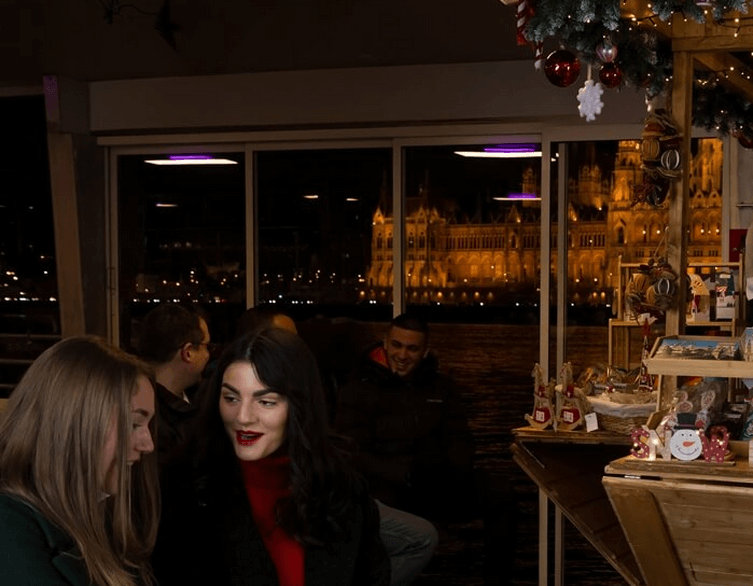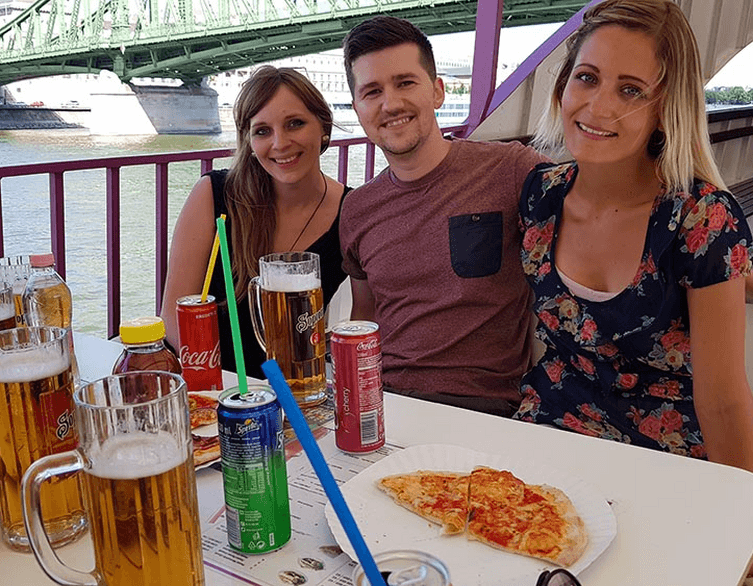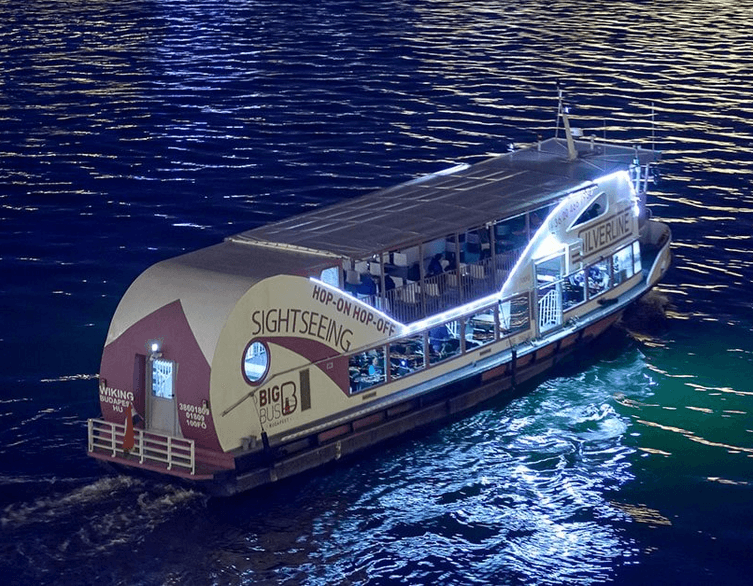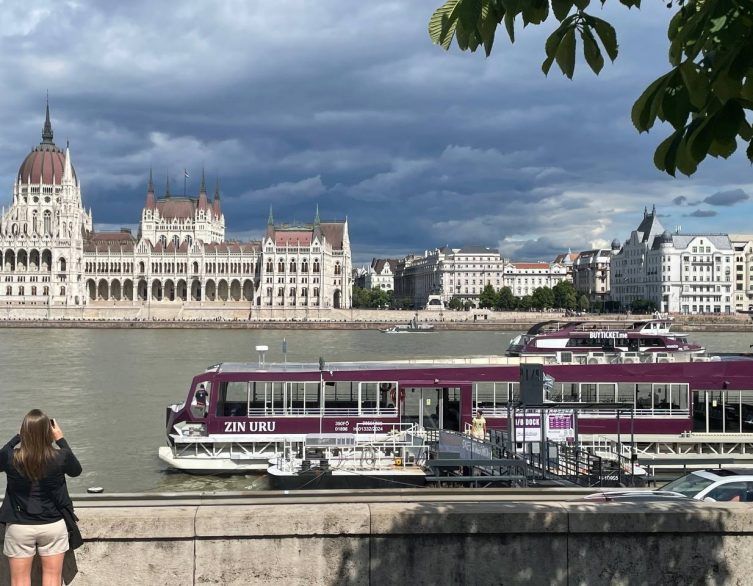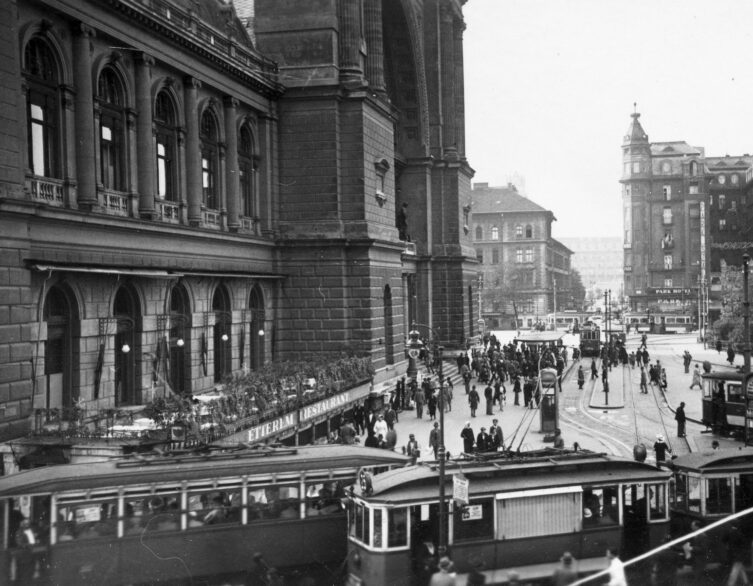Budapest’s Cardboard Keleti: A Monumental Weekend of Creativity
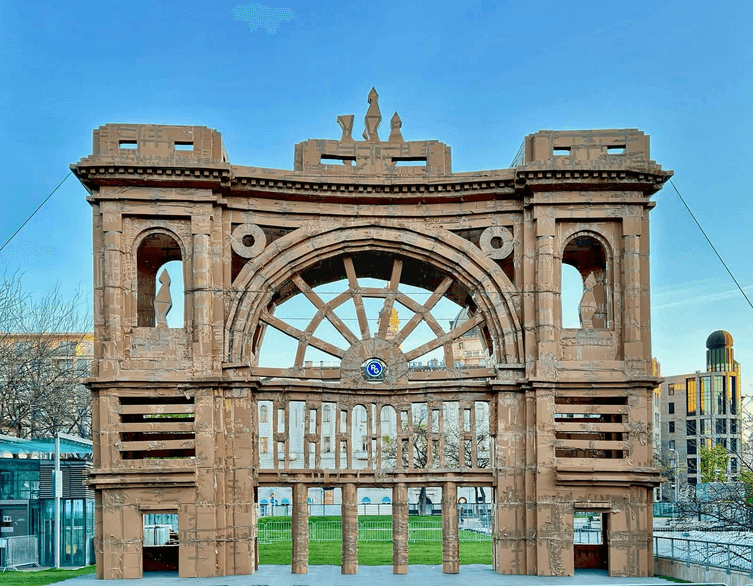
Last weekend, Budapest took a break from its usual hustle and bustle to host a truly unique event that blended art, architecture, and community spirit. Under the auspices of the Bartók Spring International Art Weeks, the French artist Olivier Grossetête led the creation of a monumental cardboard replica of the iconic Keleti Railway Station. And where did this masterpiece rise? Right in the heart of the city, at Erzsébet Square.
Building Dreams Out of Cardboard
Olivier Grossetête is no stranger to turning ambitious ideas into reality—or rather, ephemeral reality. Known for his monumental cardboard constructions across five continents, Grossetête has made a career out of transforming urban spaces with temporary installations that are as much about collective effort as they are about artistic vision. His projects have ranged from soaring towers to floating bridges, all constructed with nothing but cardboard, tape, and human energy.
For Budapest, Grossetête chose the Keleti Railway Station as his muse—a fitting tribute to one of the city’s most beloved landmarks. The station, with its rich history dating back to 1884, has long been a symbol of connection and movement. From welcoming foreign dignitaries to serving as an architectural marvel, Keleti embodies Budapest’s dynamic spirit.
But this wasn’t just about recreating history; it was about reimagining it together. Hundreds of locals and tourists rolled up their sleeves to help build the cardboard replica, proving that art can be a powerful tool for bringing people together.
A Weekend of Collective Magic
The project unfolded in three stages over several days. First came the workshops, where participants learned how to construct the cardboard elements under Grossetête’s guidance. These sessions weren’t just about cutting and taping; they were an opportunity to dive into architectural principles and artistic techniques while fostering a sense of camaraderie among volunteers.
Best deals of Budapest
Then came the big day: construction. Piece by piece, the cardboard Keleti rose from the ground like a phoenix—only less fiery and more eco-friendly. As the structure grew taller (eventually reaching heights between 15 and 22 meters), more hands were needed to lift and stabilize it. By the end of the day, over 1,500 cardboard components had been assembled into a breathtaking replica weighing nearly 1.5 tons.
Finally, there was the dismantling phase—a bittersweet moment that turned into a celebration in its own right. Participants gathered again to carefully take down the structure, ensuring that all materials were recycled. This act of communal deconstruction was as symbolic as the building process itself: a reminder that even fleeting creations can leave lasting impressions.
Why It Matters
The cardboard Keleti wasn’t just an artistic stunt; it was a reflection of Budapest’s vibrant cultural scene and its ability to embrace innovation while honoring tradition. Events like these highlight how public spaces can be transformed into platforms for creativity and collaboration, making art accessible to everyone—not just gallery-goers or museum enthusiasts.
For tourists visiting Budapest, this event offered a unique chance to experience the city in an entirely new way. Imagine strolling through Erzsébet Square and stumbling upon hundreds of people working together to recreate one of Budapest’s most iconic buildings out of cardboard! It’s moments like these that make travel memorable—not just seeing landmarks but becoming part of their story.
The Legacy of Cardboard Keleti
While the cardboard replica is now gone, its impact lingers on in the hearts of those who participated or witnessed it. It served as a reminder that art isn’t just about permanence; it’s about connection, creativity, and shared experiences. And for Budapest—a city that prides itself on blending old-world charm with contemporary innovation—it was yet another example of why it remains a cultural hub worth exploring.
So next time you visit Budapest, take a moment at Keleti Railway Station to reflect on its history—and maybe imagine what it looked like in cardboard form last weekend! Who knows? You might even find yourself inspired to join in on one of Grossetête’s future projects somewhere else in the world.
Related news



